Office Principles hands over Central Co-op’s new Lichfield support centre
11 Apr 2024
Published on:
09 January 2020
Updated on:
18 July 2022
Read time:
less than a minute
Today۪s office designs are geared towards the experience of employees. Driven by a workforce that wants multi-tasking workstations, less noise and facilities that promote health and wellbeing, the last few years have witnessed a fast-paced revolution in the interior office design space - and there are no signs of it slowing down in 2020.
One of the fastest-growing trends has been the introduction ofagile offices. Dubbed as the office of the future, agile office environments feature activity-based workstations that are tailored around how employees interact and experience the workplace.

We have already covered agile working and how to create activity-based workspaces elsewhere so this article is going to delve deeper and look at some of the finer points of interior office designs and examine the reason behind why certain concepts are influencing interior designers.
As businesses shift towards green branding۪ in a display of social responsibility, 2020 promises to see an influx of sustainable fabrics flood the market.
Eco-fabrics such as Econylare already gaining prominence in the fashion world and the interior design space is never far behind. In 2020, we expect to see more business exchanging non-renewable fabrics for organic materials such as raw cotton, hemp, jute, bamboo and muslin etc.
As the demand for sustainable materials increases, manufacturers are producing products that require less energy and reduce the amount of waste dumped on a landfill.
But eco-conscious employees and consumers want more than than organic fabrics. The trend in 2020 will see a focus on products that use minimal chemicals and pesticides from manufacturers that conduct animal-friendly practices, ethical employment and recycled content.

And don۪t be surprised if you۪re asked forvegan-centred furnitureas part of your office refit. In a bid to relieve accusations that almost 50% of vegans feel discriminated against in the workplace, sympathetic bosses should look to replace furniture that includes skin, hair or feathers with animal-free alternatives.
Surveys reveal the biggest cause of dissatisfaction in open-plan offices is the level and frequency of distracting noises. Reports reveal that 65 per cent say noise impacts their ability to meet targets whilst 44 per cent attribute noise to higher stress levels that impact their general wellbeing.
There is also a lack of privacy during phone calls in an open-plan office. For some employees, knowing their co-workers can listen in on the conversation can cause undue stress. The challenge for interior office designers in 2020 is to prioritise how employees can work without distraction or feeling over-anxious.
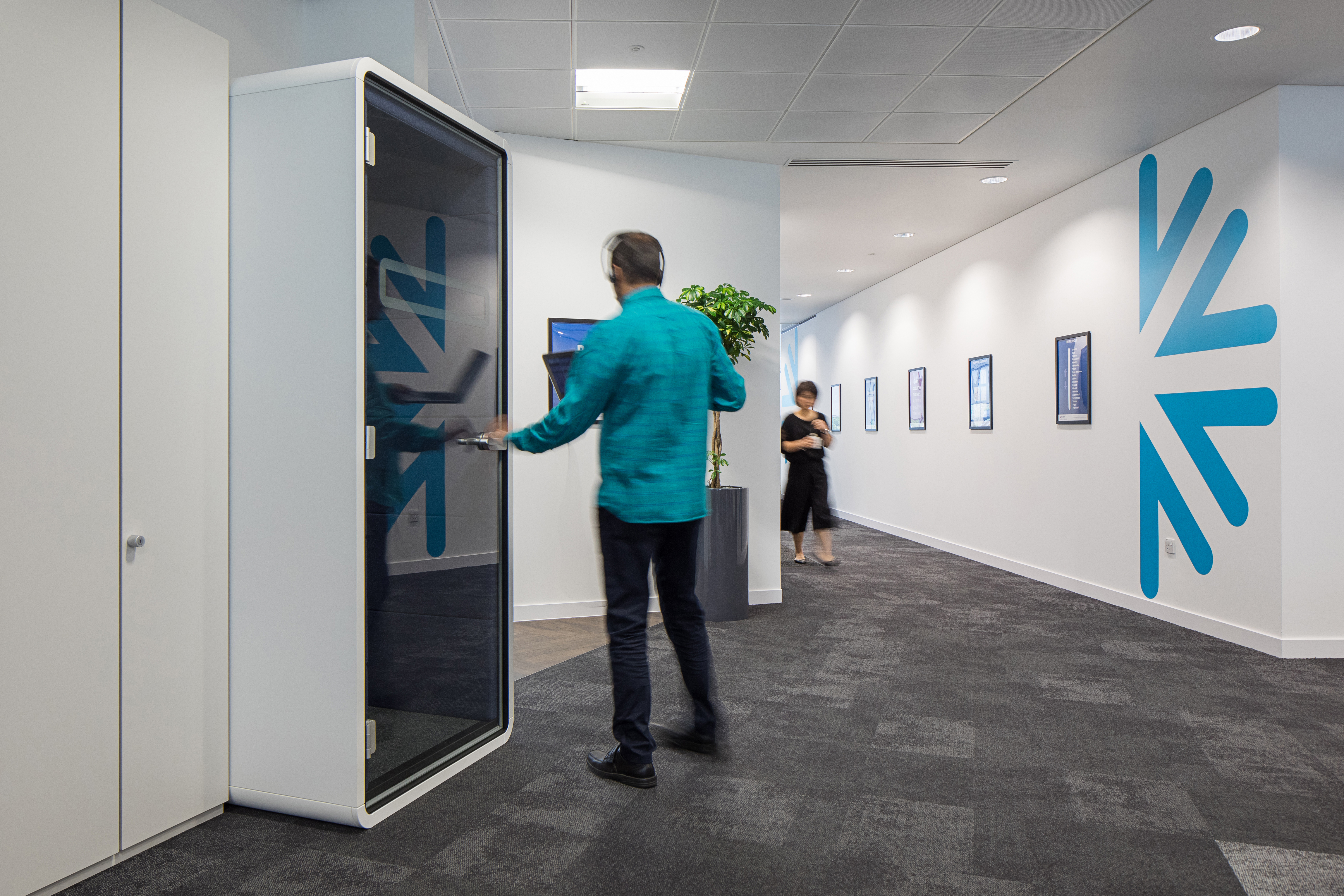
By all accounts,activity-based workspaces were the hottest design concept in the interior office spacein 2019. Agile office designs seek to address noise by installing acoustically-padded meeting pods and sound-proof phone booths together with a blend of materials that help with absorption and blocking.
Acoustic meeting pods are expected to be one of the most popular pieces of office furniture in 2020. Quiet booths, private pods, and wrap-around chairs manufactured from sound-absorbing materials give employees the opportunity to collaborate without causing a disturbance for others, concentrate on focus۪ work or have a confidential meeting about sensitive matters.
In addition, office interiors will replace hard surfaces such as glass, flush walls and concrete with soft furnishings, carpets and acoustic wall panels that absorb sound to help dampen the noise levels around shared workstations.
According to the World Green Building Council, the next chapter for green buildings is to address health and wellbeing.
As companies look for ways to take more care of their employees and design a workplace environment that promotes wellbeing, the boundaries between office and home are beginning to blur.
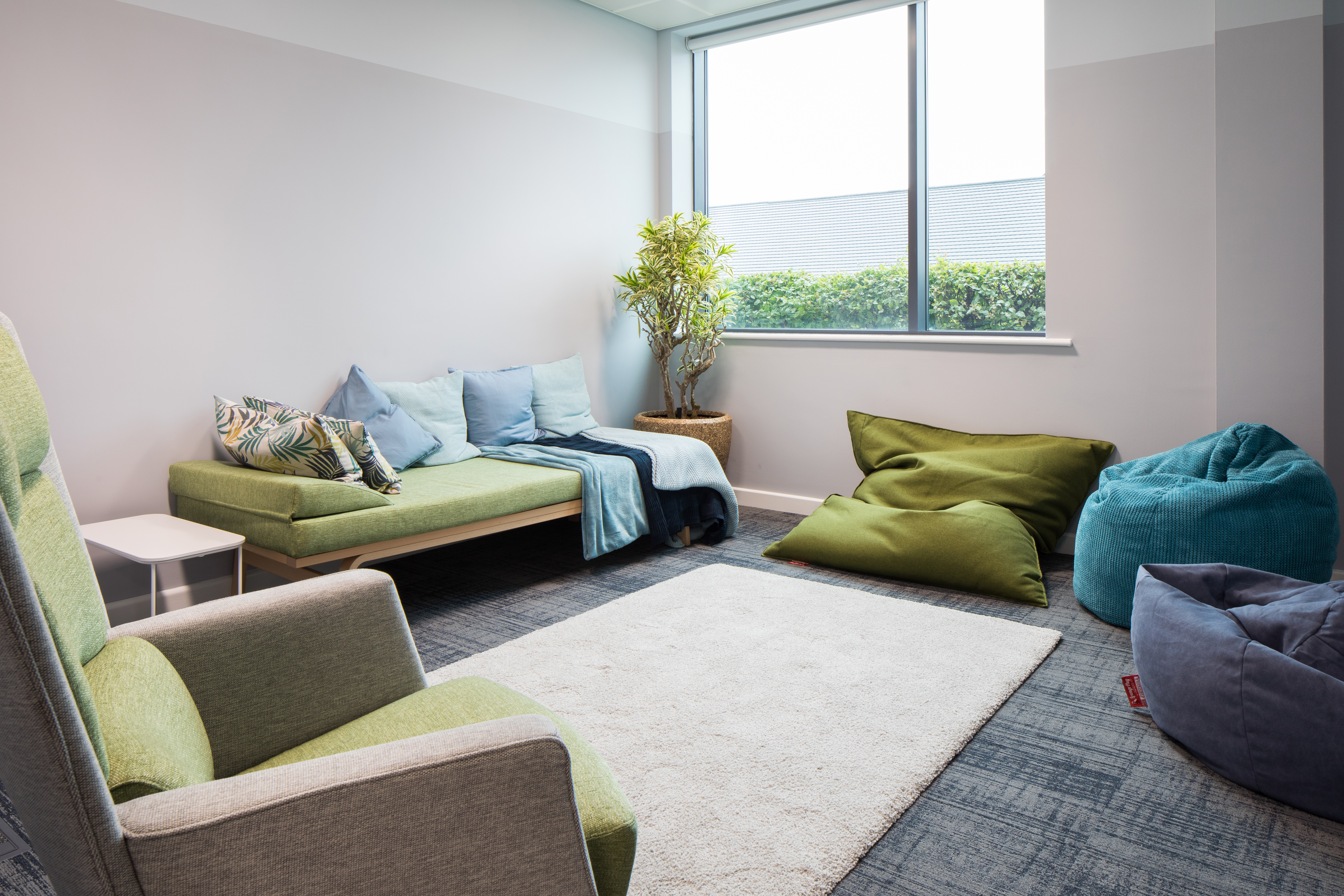
Chill-out zones will gradually become almost commonplace as employees are given the opportunity to move away from their desks for a restoration break. The installation of soft seating, sofas, oversized reading chairs, coffee tables and rugs will make an appearance in offices throughout the UK in 2020.
But homely office designs expand beyond plush sofas and ergonomic office chairs. In addition, we expect to see more fun and friendly۪ curved furniture.
This again is due to a change in the modern perception of the business world. Due to the disruption in economic growth and the level of corruption in the corporate world, millennials and Gen Zs are disillusioned and pessimistic about their careers. A report by Deloitte indicates younger generations do not trust their employers.
Straight lines are commonly seen as economical and efficient - which projects the wrong impression to younger generations that already have doubts about their employers.
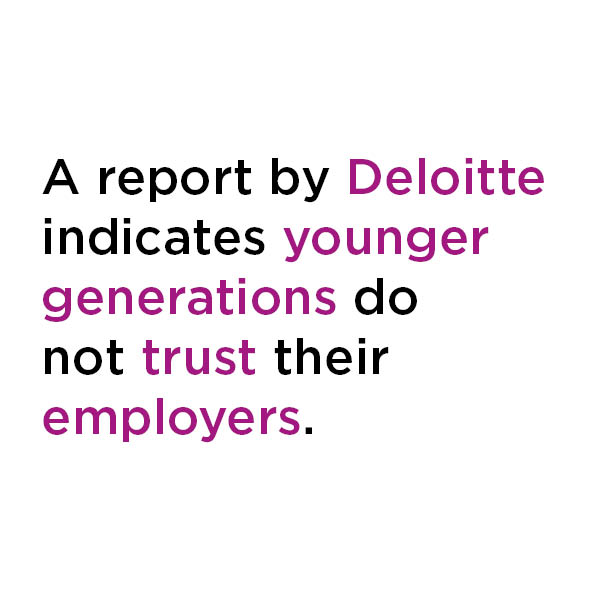
The soft shapes of curved furniture, on the other hand, are less harsh than traditional geometric designs and are more pleasurable to look at. Research in neuroscience suggeststhe brain has a hard-wired preference to curves because they evoke feelings of security.
Colour plays a critical role in the design and business branding. It is widely regarded that colour impacts mood. The general consensus is that bright colours stimulate the mind, cool pastel colours soothe the mind.
Traditionally, offices are painted in muted neutral colours with splashes of colour added in the furniture, fittings and artwork. In 2020, interior office designers are poised to become bolder and brasher with colour - and contrasts are predicted to garner the most appeal for 2020.
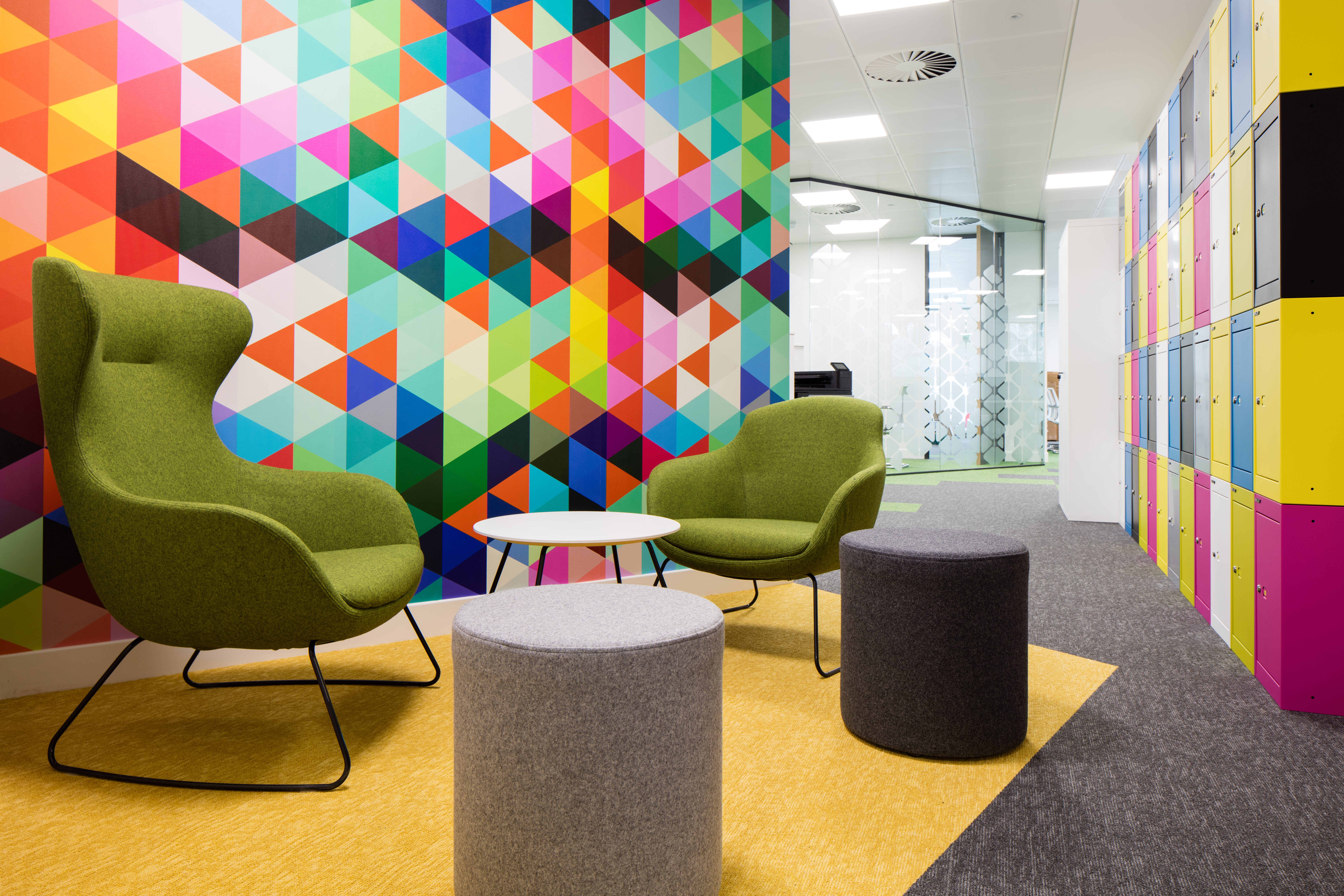
Modern attitudes are in a cycle of breaching boundaries and breaking away from tradition. There is an increasing influence of organic features appearing throughout the design world, hard elements blended with industrial backdrops.
Similar ideas are already happening with colour; rich hues alongside muted palettes make a statement. According to Patrick Mele, a celebrity interior designer in the US, renowned for colour-blocking,people find colour clashes more welcoming.
Contrasting colours not only serve as a visual spectacle. They also have a practical use. Different colours can be used to help visitors and clients find their way around - and in an agile office, colours complement designated work areas and create a mood that is conducive to the activity being performed.
City dwellers that work in an office environment spend around 90% of the time indoors. Furthermore, reports reveal workplaces that have a negative effect on the mental wellbeing of employees costs the UK economy 4bn a year.
Topping the list of complaints are uncomfortable temperature, lack of natural light, noise levels, bad internal light and poor tech/equipment. Experts also say poor air quality in buildings contributes to the high-levels of work-related illnesses.
The health and wellbeing of staff have to be a priority for businesses. One of the leadinginterior design solutions is to bring the outdoors indoors, a concept inspired by the socio-biologist Edward Wilson who noted in his book,Biophiliathat humans have an innate affinity towards nature.
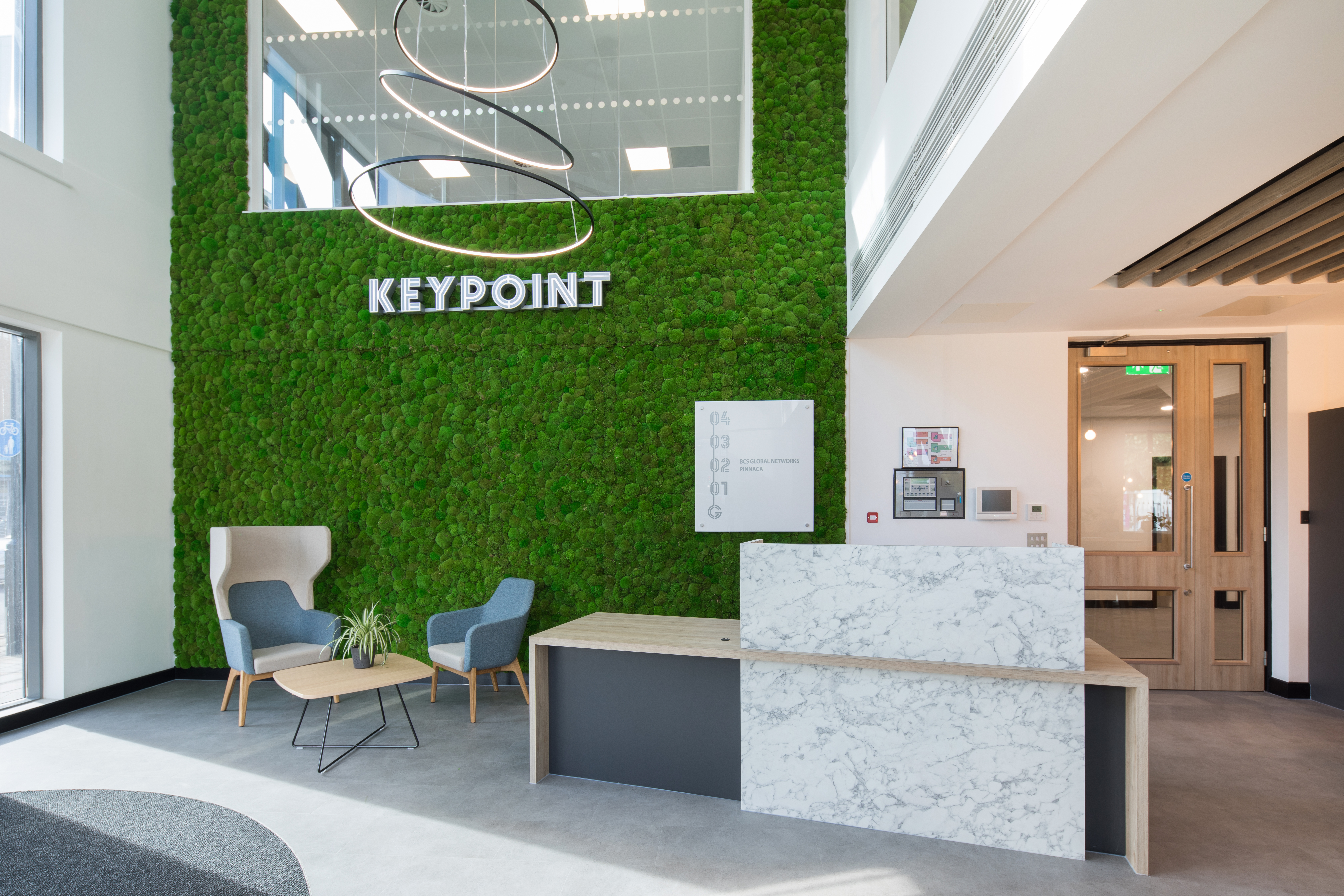
Known as the biophilic۪ office, design elements are grounded in the ethos of creating workspaces that bring people closer to nature throughout the office; plants, natural woods, water features - even the sound of waves or birdsong.
Studies have shown that being in and aroundnature has a positive influence on our physical healthand emotional state of mind. Creating workplace environments that positively stimulate cognitive function is conducive to lowering stress levels, inspiring creativity and increasing productivity.
Biophilic office designs require much more than dotting a few potted plants around the office. Enhancing the connection with nature involves installinggreen wallstogether with furniture and features made from natural materials such as wood, stone, marble, metal and bamboo.
In addition, office workers need exposure to natural light and good air quality. Businesses that have access to outdoor areas can also capitalise on utilising the space to create a garden or outdoor work extension for when the weather permits it.
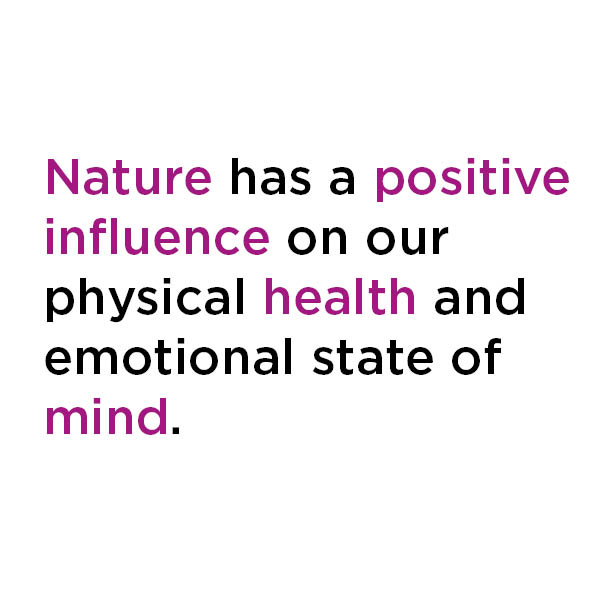
Rooftop gardens are growing in popularity and balconies are being used for relaxation or quiet areas decorated with shrubbery and other natural elements.
Biophilic office designs have been gaining traction for several years now, but being connected to nature is still all too rare in workplace environments. 2020 promises to invite a paradigm shift as more businesses employ measures to promote the health and wellbeing of staff.
The design of a corporate office should reflect the nature of your business, your company culture and the needs of your employees.
Today۪s interior office designs are essentially people-centred but with the ultimate goal of helping, companies meet business objectives such as increased productivity, job satisfaction, employee loyalty and retention.
The average workforce now has four generations. As Gen Z university leavers start flooding the job market, the two youngest generations will make up 75% of the workforce by 2025.
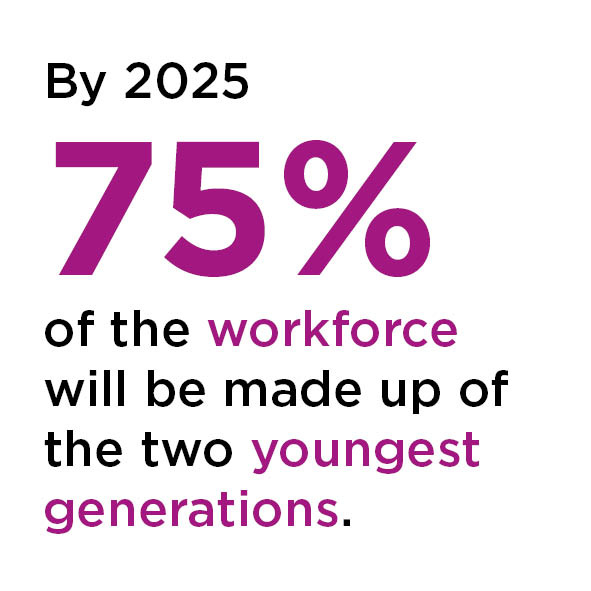
With younger generations dominating the workplace, the mindset, attitudes and work ethic influence the success of a business. How employees feel about their employers is reflected in their performance.
What's more, every member of staff falls into specific personality types and have their individual views of the business world and the workplace. Companies that show they care about their employees are more likely to motivate staff to deliver their best performance.
The environment in which we spend the majority of our time impacts our mood and emotional wellbeing. Given we spend around half our time in the workplace, it makes good business sense to create an environment in which people want to spend their time.
If your office space needs to be freshened up with a modern feel that matches the attitudes and needs of today۪s workforce, get in contact with one of our expert consultants - and prepare to transform your office.
News
11 Apr 2024
News
11 Apr 2024
News
09 Apr 2024
Blog
03 Apr 2024